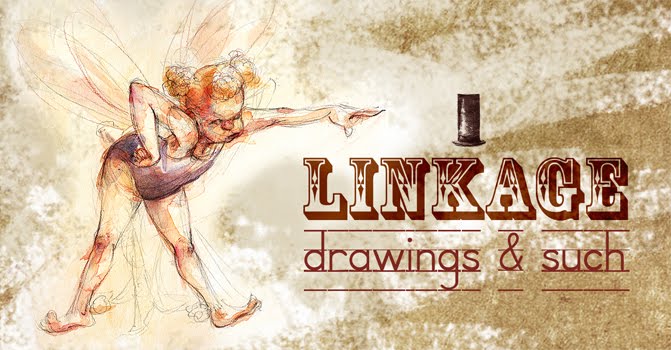



Seeing vs Replicating
Now we get down to where the rubber meets the road. All the techniques or tools in the world will never work to tell a story if we don't understand the fundamental difference between "Seeing" vs "Replicating".
For me it is all about mindset. In previous weeks I've stamped home that we are telling a story with our drawings. This is the mindset we need to come into really any drawing situation, be it life drawing, sketchbook work in the park, animals at the zoo...Too often drawing is presented as an exercise. We come into the class and look at it as a means to sharpen our hand eye coordination. Right off the bat our mindset in this situation constricts our creativity and limits the artistic statement we are going to apply to the situation presented before us.
If we all as artists have a certain amount of natural aptitude we will, after enough hand-eye coordination practice, be able to "replicate" the object in front of us. Some of us more accurately than others, but all of will arrive at similar conclusions in our finished drawings. Accuracy does not make for a compelling piece of art. In fact, I'd go so far as to say if accuracy is the only thing an artist is looking to achieve in the drawings or illustrations it is indeed all the ever will achieve...
Accuracy in and of itself has never moved anyone. You must change your mindset to tell a story.
As I said before a camera can collect facts...our job is to seek and tell the truth. The truth of our emotions. The truth of the emotions we are interpreting. And we want these truths to resonate and move our viewer. We reason with facts we are moved to action by emotion. To be sure, we need both.
In observing what is in front of us as we set to "See" the truth, we collect the facts in front of us— shapes, colors, environment, clothing, textures etc...and we begin to strip it all away mentally until we see only the essence and the power of what is in front of us. Utter Clarity! Seeing—feeling that essence is what will cause us to be inspired! Inspiration is what will cause us to move beyond replicating what is in front of us. This is why it is so important to have a mindset, point of view or purpose ready to go when you walk in the door.
Two things to consider as a story-telling picture maker...
The storyteller will make decisions about what facts are necessary to tell the truth...
A documentarian collects displays them all and lets the viewer sort it out....
"Completion (of a drawing) does not depend on material representation. The work is done when that special thing has been said."— Robert Henri
Don't be afraid to strip away artifice in order to maintain your initial inspiration. An accurate fold way be a hindrance to the guts of the story...The longer a drawing goes the more we feel we have to record all the details, just to say that we recorded all the details.But the original inspiration for telling that story can often be lost in the clutter of details. Don't get me wrong. There is nothing wrong with a lot of details— those details,though, should be in service to the original inspiration and always point to the reason for the art being created in the first place...
Be loose, be free, be flexible, be dangerous!
Acting vs Posing
I have consistently instructed our models to approach what they are doing on the podium as acting rather than posing. Once we as artists have made the decision to tell a story we must also interpret what our models are doing as acting. Allowing ourselves to envision the character, the nature and background of who the models are portraying will in turn allow us to be more free in our interpretations on paper. If we confine our models to mere posing, we have confined the possibilities of our ourselves and the power of our art.
From a working illustrator point of view, you must become the director. When shooting reference for illustration I give my models the whole backstory of what I am illustrating and their "character's" role in the illustration. Being able to aptly describe, inspire and push when necessary is an important part of being an illustrator. If your models/actors are to serve as proper inspiration then we must properly inspire and direct them.
The Silhouette
Why is a good silhouette important?
It guarantees success in illustrating the story of the pose by reducing it to a graphic shape. It goes back to reducing the action in front of us to a series of simple shapes. Moreover it reduces the clutter of details and stamps a graphic shape indelibly in our heads. A good silhouette is the essence of the phrase " a picture is worth a thousand words". You are exploiting the specific features that give the drawing it's guts!
Our use of silhouettes has a direct line to theater. The pantomimes and actions of the actors needs to read well in the "cheap seats". And it needs to read well in an illustration, particularly when people's attention span for viewing art is somewhere under 6 seconds...
Note that everyday basic symbols are easily identifiable at a distance...handicapped, school zone, deer crossing, men's and woman's room...
We have the luxury of pushing and pulling the readability of the design for the sake of telling a story...once again distilling what we see into it's purest form to best capture what we need to say...The image must need no explanation....

No comments:
Post a Comment